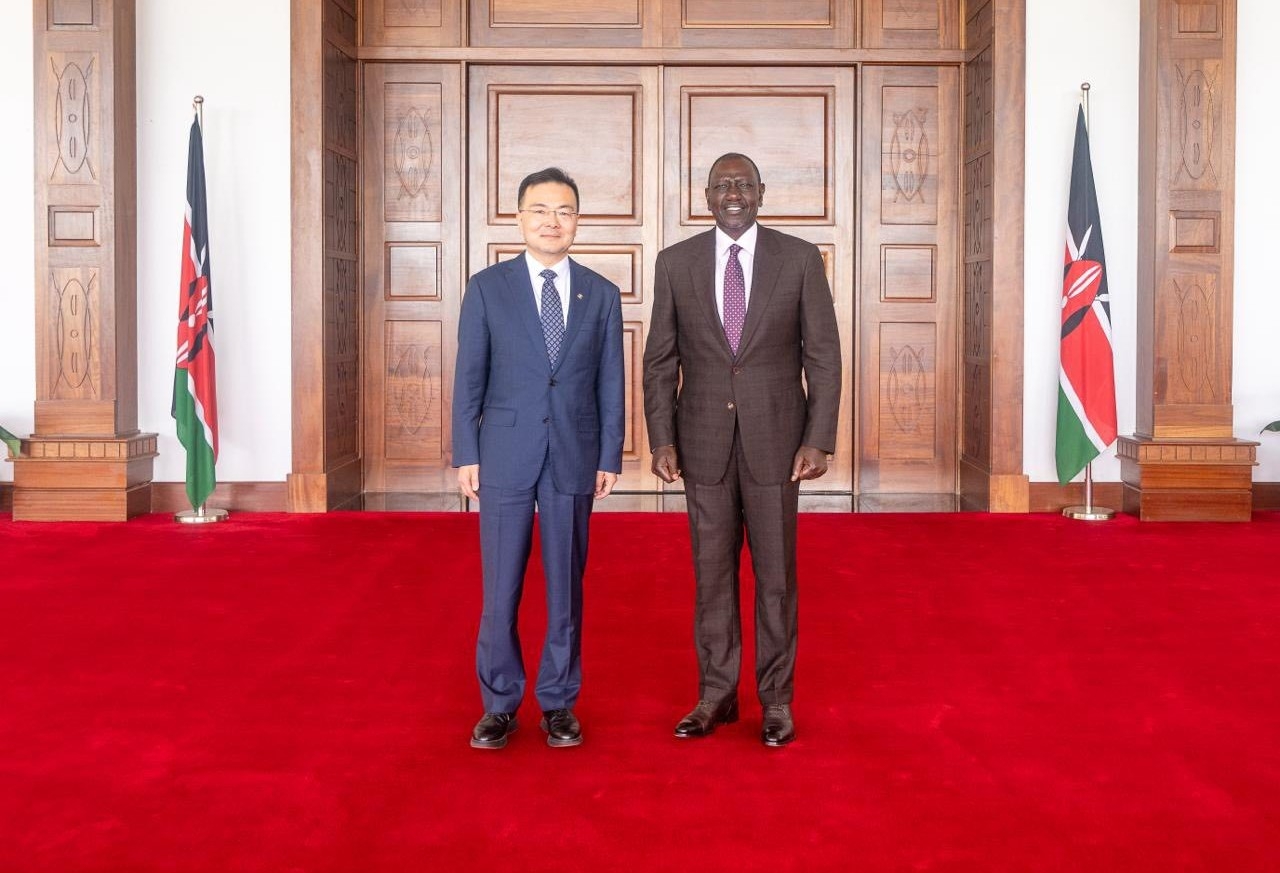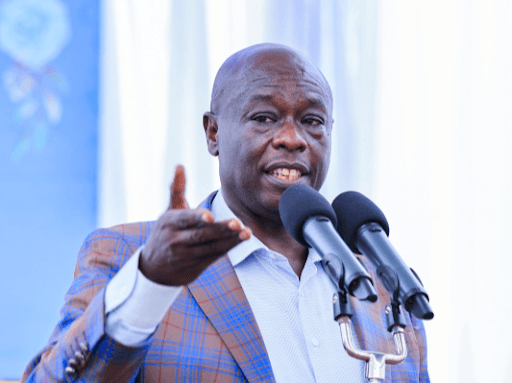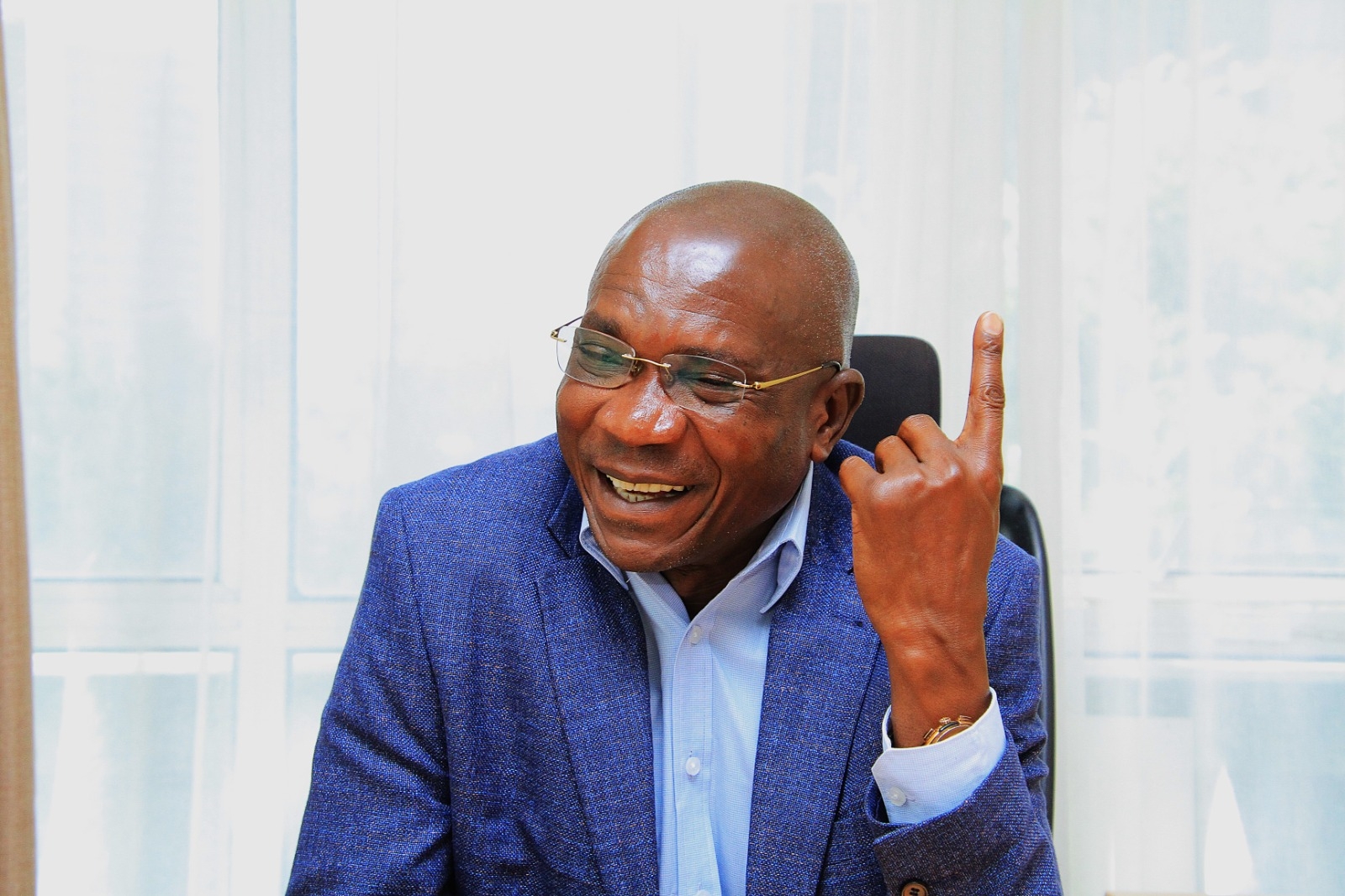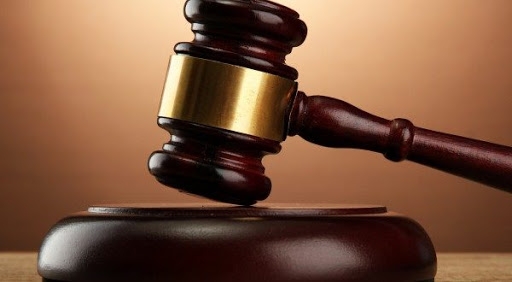The Guardian / Help us sue the British government for torture. That was the request Caroline Elkins, a Harvard historian, received in 2008. The idea was both legally improbable and professionally risky. Improbable because the case, then being assembled by human rights lawyers in London, would attempt to hold Britain accountable for atrocities perpetrated 50 years earlier, in pre-independence Kenya. Risky because investigating those misdeeds had already earned Elkins heaps of abuse.
Elkins had come to prominence in 2005 with a book that exhumed one of the nastiest chapters of British imperial history: the suppression of Kenya’s Mau Mau rebellion. Her study, ‘Britain’s Gulag’, chronicled how the British had battled this anti-colonial uprising by confining some 1.5 million Kenyans to a network of detention camps and heavily patrolled villages. It was a tale of systematic violence and high-level cover-ups.
It was also an unconventional first book for a junior scholar. Elkins framed the story as a personal journey of discovery. Her prose seethed with outrage. ‘Britain’s Gulag’, titled ‘Imperial Reckoning’ in the US, earned Elkins a great deal of attention and a Pulitzer prize. But the book polarised scholars. Some praised Elkins for breaking the “code of silence” that had squelched discussion of British imperial violence. Others branded her a self-aggrandising crusader whose overstated findings had relied on sloppy methods and dubious oral testimonies.
By 2008, Elkins’s job was on the line. Her case for tenure, once on the fast track, had been delayed in response to criticism of her work. To secure a permanent position, she needed to make progress on her second book. This would be an ambitious study of violence at the end of the British empire, one that would take her far beyond the controversy that had engulfed her Mau Mau work.
That’s when the phone rang, pulling her back in. A London law firm was preparing to file a reparations claim on behalf of elderly Kenyans who had been tortured in detention camps during the Mau Mau revolt. Elkins’s research had made the suit possible. Now the lawyer running the case wanted her to sign on as an expert witness. Elkins was in the top-floor study of her home in Cambridge, Massachusetts, when the call came. She looked at the file boxes around her. “I was supposed to be working on this next book,” she says. “Keep my head down and be an academic. Don’t go out and be on the front page of the paper.”
She said yes. She wanted to rectify injustice. And she stood behind her work. “I was kind of like a dog with a bone,” she says. “I knew I was right.”
The Mau Mau uprising was an armed rebellion launched by the Kikuyu, who had lost land during colonisation. Its adherents mounted gruesome attacks on white settlers and fellow Kikuyu who collaborated with the British administration. Colonial authorities portrayed Mau Mau as “the face of international terrorism in the 1950s”, as one scholar puts it.
The British, declaring a state of emergency in October 1952, proceeded to attack the movement along two tracks. They waged a forest war against 20,000 Mau Mau fighters, and, with African allies, also targeted a bigger civilian enemy: roughly 1.5 million Kikuyu thought to have proclaimed their allegiance to the Mau Mau campaign for land and freedom. That fight took place in a system of detention camps.
Elkins enrolled in Harvard’s history PhD programme knowing she wanted to study those camps. An initial sifting of the official records conveyed a sense that these had been sites of rehabilitation, not punishment, with civics and home-craft classes meant to instruct the detainees to be good citizens. Incidents of violence against prisoners were described as isolated events. When Elkins presented her dissertation proposal in 1997, its premise was “the success of Britain’s civilising mission in the detention camps of Kenya”.
But that thesis crumbled as Elkins dug into her research. She met a former colonial official, Terence Gavaghan, who had been in charge of rehabilitation at a group of detention camps on Kenya’s Mwea Plain. Even in his 70s, he was a formidable figure: well over six feet tall, with an Adonis-like physique and piercing blue eyes. Elkins, questioning him in London, found him creepy and defensive. He denied violence she hadn’t asked about.
“What’s a nice young lady like you working on a topic like this for?” he asked Elkins, as she recalled the conversation years later. “I’m from New Jersey,” she answered. “We’re a different breed. We’re a little tougher. So I can handle this – don’t worry.”
In the British and Kenyan archives, meanwhile, Elkins encountered another oddity. Many documents relating to the detention camps were either absent or still classified as confidential 50 years after the war. But some important records escaped the purges. One day in the spring of 1998, after months of often frustrating searches, she discovered a baby-blue folder that would become central to both her book and the Mau Mau lawsuit. Stamped “secret”, it revealed a system for breaking recalcitrant detainees by isolating them, torturing them and forcing them to work. This was called the “dilution technique”. Britain’s Colonial Office had endorsed it. And, as Elkins would eventually learn, Gavaghan had developed the technique and put it into practice.
Later that year, Elkins travelled to the rural highlands of Central Kenya to begin interviewing former detainees. Some thought she was British and refused to speak with her at first. But she eventually gained their trust. Over some 300 interviews, she heard testimony after testimony of torture. She met people such as Salome Maina, who had been accused of supplying arms to the Mau Mau. Maina told Elkins she had been beaten unconscious by Kikuyu collaborating with the British. When she failed to provide information, she said, they raped her using a bottle filled with pepper and water.
Elkins had uncovered ‘a murderous campaign that left tens of thousands, perhaps hundreds of thousands, dead’. She emerged with a book that turned her initial thesis on its head.
Some academics shared her enthusiasm. By conveying the perspective of the Mau Mau themselves, ‘Britain’s Gulag’ marked a “historical breakthrough”, says Wm Roger Louis, a historian of the British empire at the University of Texas at Austin. Richard Drayton of King’s College London, another imperial historian, judged it an “extraordinary” book whose implications went beyond Kenya. It set the stage for a rethinking of British imperial violence, he says, demanding that scholars reckon with colonial brutality in territories such as Cyprus, Malaya, and Aden.
But many other scholars slammed the book. No review was more devastating than the one that Bethwell A Ogot, a senior Kenyan historian, published in the Journal of African History. Ogot dismissed Elkins as an uncritical imbiber of Mau Mau propaganda. In compiling “a kind of case for the prosecution”, he argued, she had glossed over the litany of Mau Mau atrocities: “decapitation and general mutilation of civilians, torture before murder, bodies bound up in sacks and dropped in wells, burning the victims alive, gouging out of eyes, splitting open the stomachs of pregnant women”. Ogot also suggested that Elkins might have made up quotes and fallen for the bogus stories of financially motivated interviewees. Pascal James Imperato picked up the same theme in African Studies Review. Elkins’s work, he wrote, depended heavily on the “largely uncorroborated 50-year-old memories of a few elderly people interested in financial reparations”.
Elkins was also accused of sensationalism over her mortality figures. ‘Britain’s Gulag’ opens by describing a “murderous campaign to eliminate Kikuyu people” and ends with the suggestion that “between 130,000 and 300,000 Kikuyu are unaccounted for”, an estimate derived from Elkins’s analysis of census figures. “In this very long book, she really doesn’t bring out any more evidence than that for talking about the possibility of hundreds of thousands killed, and talking in terms almost of genocide as a policy,” says Philip Murphy, a University of London historian. “If you make a really radical claim about history, you need to back it up solidly.”
Critics didn’t just find the substance overstated. Particularly irksome, to some Africanists, was her claim to have discovered an unknown story. During the Mau Mau war, journalists, missionaries and colonial whistleblowers had exposed abuses. The broad strokes of British misbehaviour were known by the late 60s, argued Bruce J Berman, a historian of African political economy at Queen’s University in Kingston, Ontario.
He called Elkins “astonishingly disingenuous” for saying her project began as an attempt to show the success of Britain’s liberal reforms. “If, at that late date,” he wrote, “she still believed in the official British line about its so-called civilising mission in the empire, then she was perhaps the only scholar in the English-speaking world who did.”
To Elkins, the vituperation felt over the top. And she believes there was more going on than the usual academic disagreement. Kenyan history, she says, was “an old boys’ club”. Women worked on uncontroversial topics such as maternal health, not blood and violence during Mau Mau. Now here came this interloper from the US, blowing open the Mau Mau story, winning a Pulitzer, landing media coverage. It raised questions about why they hadn’t told the tale themselves.
On April 6, 2011, the debate over Caroline Elkins’s work shifted to the Royal Courts of Justice in London. A scrum of reporters turned out to document the real-life ‘Britain’s Gulag’: four elderly plaintiffs from rural Kenya, some clutching canes, who had come to the heart of the former British empire to seek justice. Elkins paraded with them outside the court. Her career was now secure: Harvard had awarded her tenure in 2009, based on ‘Britain’s Gulag’ and the research she had done for a second book. But she remained nervous about the case. “Good God,” she thought. “This is the moment where literally my footnotes are on trial.”
Just as the hearings were set to begin, a story broke in the British press that would affect the case. A cache of papers, which came to be known as the ‘Hanslope disclosure’, came to light, documenting Britain’s torture and mistreatment of detainees during the Mau Mau rebellion. The Times splashed the news across its front page: “50 years later: Britain’s Kenya cover-up revealed.”
Events moved quickly from there. In court, lawyers representing the British government tried to have the Mau Mau case tossed out. They argued that Britain could not be held responsible because liability for any colonial abuses had devolved to the Kenyan government upon independence. But the presiding judge, Richard McCombe, dismissed the government’s bid to dodge responsibility as “dishonourable”. He ruled that the claim could move forward. “There is ample evidence that there may have been systematic torture of detainees,” he wrote in July 2011.
Foreign Office lawyers conceded that the elderly Kenyan claimants had suffered torture during the Mau Mau rebellion. But too much time had elapsed for a fair trial, they contended. There weren’t enough surviving witnesses. The evidence was insufficient. In October 2012, Justice McCombe rejected those arguments, too. His decision, which noted the thousands of Hanslope files that had emerged, allowed the case to proceed to trial. It also fed speculation that many more colonial abuse claims would crop up from across an empire that once ruled about a quarter of the earth’s population.
The British government, defeated repeatedly in court, moved to settle the Mau Mau case. On June 6, 2013, the foreign secretary, William Hague, read a statement in parliament announcing an unprecedented agreement to compensate 5,228 Kenyans who were tortured and abused during the insurrection. Each would receive about £3,800. “The British government recognises that Kenyans were subject to torture and other forms of ill-treatment at the hands of the colonial administration,” Hague said. Britain “sincerely regrets that these abuses took place.” The settlement, in Anderson’s view, marked a “profound” rewriting of history. It was the first time Britain had admitted carrying out torture anywhere in its former empire.
The lawyers were done fighting, but the academics were not. To Elkins and her allies, the verdict was vindication. By ruling in her favour, the court also implicitly judged her critics.
But some scholars find aspects of Elkins’s vindication story unconvincing. Philip Murphy, who specialises in the history of British decolonisation, attended some of the Mau Mau hearings. “Probably most of the historical criticisms of the book still stand,” he says. “I don’t think the trial really changes that.”
Susan L Carruthers feels the same about her own criticism of Britain’s Gulag. Carruthers, a professor of history at Rutgers University at Newark, finds that Elkins’s current “narrative of victimisation” also rings a bit false.
“If only all the rest of us could be ostracised and have to make do with a Pulitzer and a full professorship at Harvard.”
The second debate triggered by the Mau Mau case regarded the future of British imperial history. At its heart is a series of documents that now sits in the National Archives as a result of Britain’s decision to make public the Hanslope files. Elkins thinks this amounts to a watershed moment. But Murphy says historians have always dealt with the absence of documents.
Tony Badger, a University of Cambridge professor emeritus who monitored the Hanslope files’ release, says what is remarkable is not that the documents were kept secret for so many years. What is remarkable is that they survived at all.













